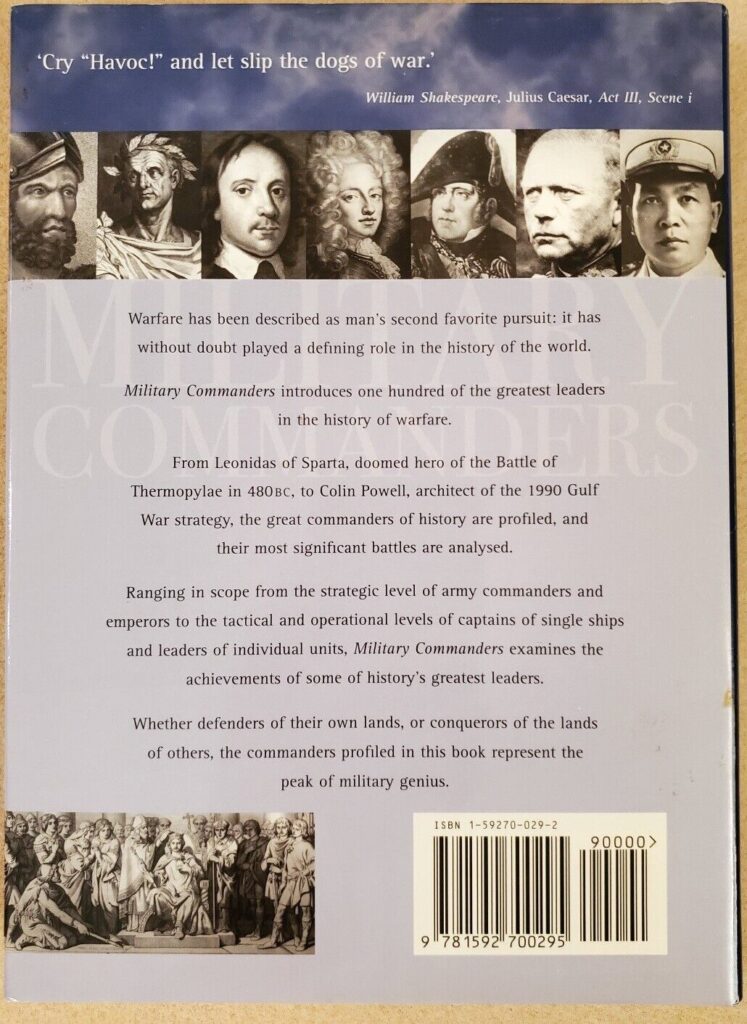The Battle of Thermopylae, led by King Leonidas of Sparta, is examined in this content. This article explores the strategic brilliance displayed by Leonidas during the battle, including the use of the geography of Thermopylae as a key advantage. Leonidas also employed the famous Greek phalanx formation, which provided a powerful defense. By exploiting the weaknesses of the Persian army, including their reliance on superior numbers and cavalry, Leonidas was able to narrow the battlefield and force direct confrontations where the Greeks held the advantage. The primary goal was to delay the Persians long enough for reinforcements to arrive. Despite being defeated, their heroic stand had a profound impact on Greek unity and subsequent victories against the Persians. The content concludes by highlighting Leonidas’ legacy as a military strategist and a constant source of inspiration.
The Battle of Thermopylae: Examining Leonidas’ Strategic Brilliance
Introduction
The Battle of Thermopylae is one of the most famous battles in history, where a small band of Greek soldiers led by King Leonidas of Sparta held off the massive Persian army under King Xerxes for several days. This article aims to delve into the strategic brilliance displayed by Leonidas during this epic battle, examining the tactics he employed to defend Greece and delay the Persian forces.
The Geography of Thermopylae
The geography of Thermopylae played a key role in Leonidas’ strategic planning. Situated between the mountains and the sea, the narrow passageway of Thermopylae created a natural chokepoint, restricting the Persian army’s ability to deploy large numbers of troops at once. Recognizing this advantage, Leonidas positioned his troops at the narrowest point of the pass, making it nearly impossible for the Persians to break through.
The Phalanx Formation
Leonidas utilized the famous Greek phalanx formation, which consisted of heavily armed soldiers standing shoulder to shoulder with interlocking shields. This formation provided a strong defensive wall that was nearly impenetrable. By deploying his troops in a tightly-packed phalanx, Leonidas maximized their defensive capabilities, making it extremely difficult for the Persian army to break through their ranks.
Exploiting Persian Weaknesses
Leonidas studied the Persian army and identified weaknesses in their approach. The Persians heavily relied on their superior numbers and cavalry for victory. However, the narrow battlefield of Thermopylae rendered their cavalry ineffective, nullifying a significant advantage. Additionally, the Greek hoplites were superior in close quarters combat, showcasing their strength against Persian infantry. Leonidas leveraged these weaknesses by narrowing the battlefield and forcing the Persians into direct confrontations, where the Greeks held the advantage.
Strategic Delay
Leonidas’ primary goal was not to achieve a decisive victory over the Persian army but to delay them long enough for reinforcements to arrive. Knowing the Persians had an inexhaustible supply of soldiers, he focused on prolonging the battle to wear down the Persian forces. By expertly utilizing hit-and-run tactics and engaging the enemy in short skirmishes, Leonidas managed to hold off the mighty Persian army for several days, buying time for the Greek allies to prepare a united defense.
Legacy and Impact
Although Leonidas and his small force were eventually defeated at Thermopylae, their heroic stand had a profound impact on the Persian advance into Greece. The battle served as a rallying cry for the Greeks, igniting a sense of national pride and unity. This victory, despite being a strategic defeat, paved the way for subsequent Greek victories against the Persians in the years that followed, ultimately leading to the liberation of Greece from Persian control.
Conclusion
The Battle of Thermopylae stands as a testament to Leonidas’ strategic brilliance. Through his tactical planning and exploitation of the terrain, he was able to withstand and delay the mighty Persian army, allowing his Greek allies to unite and prepare for future battles. Leonidas’ legacy as a military strategist and his unwavering determination in the face of overwhelming odds are a constant source of inspiration for generations to come.
